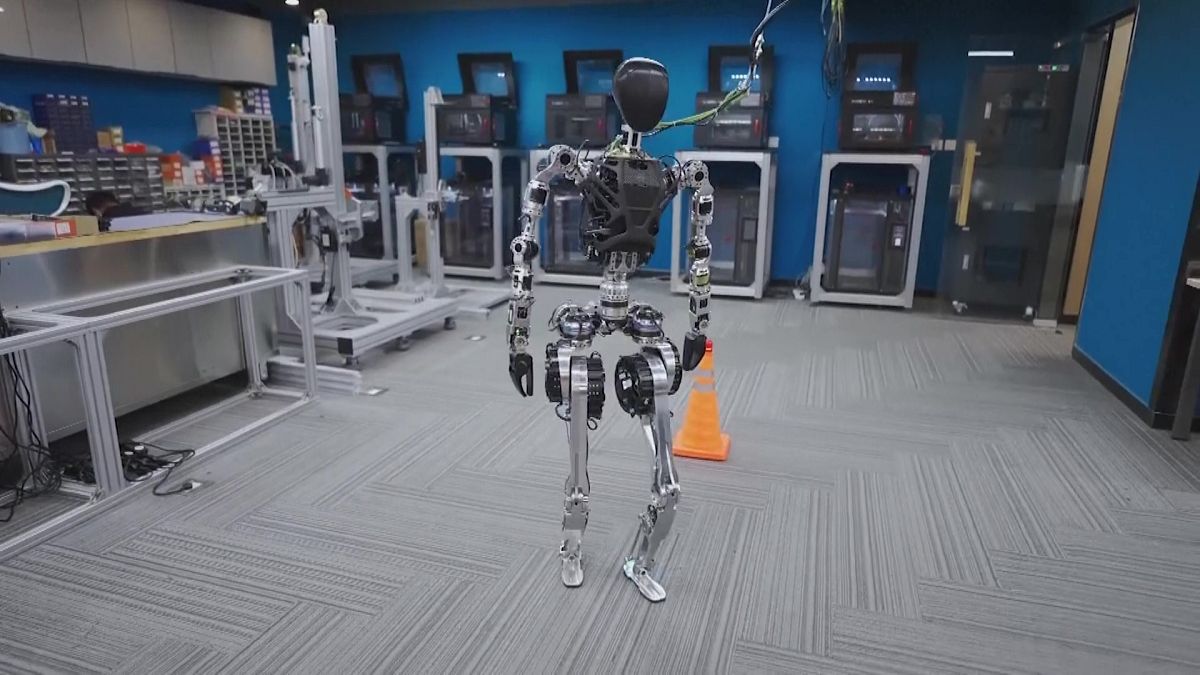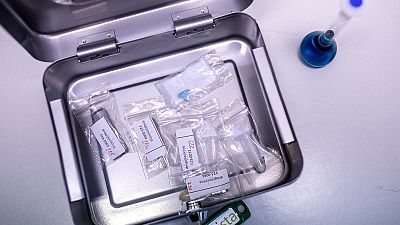The GR-1 humanoid will be able to carry patients from the bed to wheelchairs and help pick up objects.
In China, the number of people aged 60 and over will rise from 280 million to more than 400 million by 2035, the country’s National Health Commission estimates.
To respond to the rising demand for medical services amid labour shortages and the ageing population, a Shanghai-based firm, Fourier Intelligence, is developing a humanoid robot that can be deployed in healthcare facilities.
"As we move forward, the entire GR-1 could be a caregiver, could be a therapy assistant, can be a companion at home for the elderly who stay alone," said the CEO and Co-founder of Fourier Intelligence, Zen Koh.
Standing 1.64 m tall and weighing 55 kg, GR-1 can walk, avoid obstacles and perform simple tasks like holding bottles.
"The system itself can achieve self-balance walking and perform different tasks. We can programme it to sit, stand and jump. You can programme the arms to pick up utensils and tools and perform tasks as the engineers desire," said Koh.
Though still in the research and development phase, Fourier Intelligence hopes a working prototype can be ready in two to three years.
Once completed, the GR-1 will be able to carry patients from the bed to wheelchairs and help pick up objects.
Humanoid bots for rehab
The company has developed technology for rehabilitation and exoskeletons and says that the patients are already familiar with using parts of robotics to, for example, support the arms and legs in physical therapy.
Koh believes humanoid robots can fill the remaining gap.
"Eventually they [patients] will have an autonomous robotics that is interacting with them".
GR-1 was presented at the World AI Conference in Shanghai along with Tesla’s humanoid robot prototype Optimus and other AI robots from Chinese firms.
Among those was X20, a quadrupedal robot developed to replace humans for doing dangerous tasks such as toxic gas detection.
"Our wish is that by developing these applications of robots, we can release people from doing dreary and dangerous work. In addition to the patrol inspection," said Qian Xiaoyu, marketing manager of DEEP Robotics.
Xiaoyu added that the company is planning to develop X20 to be used for emergency rescue and fire detection in future, something “technically very challenging” according to him.
The World AI Conference runs until July 15.
For more on this story, watch the video in the media player above.



